
Astilbe produces an attractive mound of glossy, fernlike foliage topped with delicate plumes of colorful flowers. Another common name is false goat’s beard.
About Astilbe
Astilbe does best in regions with cool, moist summers. The large plumes of frothy flowers arrive in late spring or early summer to brighten shade gardens. Flower colors include pink, red, lavender, and white.
The plant grows between 6 inches and 5 feet tall, depending on the variety. Use in woodland gardens and along waterways with other shade-loving perennials, such as hostas and ferns.
Special Features
- Easy care/low maintenance
- Good for cut flowers
- Attracts hummingbirds
- Tolerates dry soil
Site Selection
Select a site with light to full shade and moist, humus-rich soil. Astilbes may tolerate full sun as long as soil remains consistently moist.
Planting Instructions
Plant in spring or fall, spacing plants 1 to 3 feet apart, depending on the variety. Prepare the garden bed by using a garden fork or tiller to loosen the soil to a depth of 12 to 15 inches, then mix in a 2- to 4-inch layer of compost. Dig a hole twice the diameter of the pot the plant is in. Carefully remove the plant from its container and place it in the hole so the top of the root ball is level with the soil surface. Carefully fill in around the root ball and firm the soil gently. Water thoroughly. If planting bare-root plants, dig a hole twice as wide as your plants and 4 to 6 inches deep. Position the fibrous roots in the hole so that the crown is 1 to 2 inches below ground level. Cover with soil and press firmly.
Care
Apply a thin layer of compost each spring, followed by a 2-inch layer of mulch to retain moisture and control weeds. Water plants during the summer if rainfall is less than 1 inch per week. Astilbes multiply rapidly. Divide plants every 3 to 4 years as new growth begins in the spring, lifting plants and dividing them into clumps.

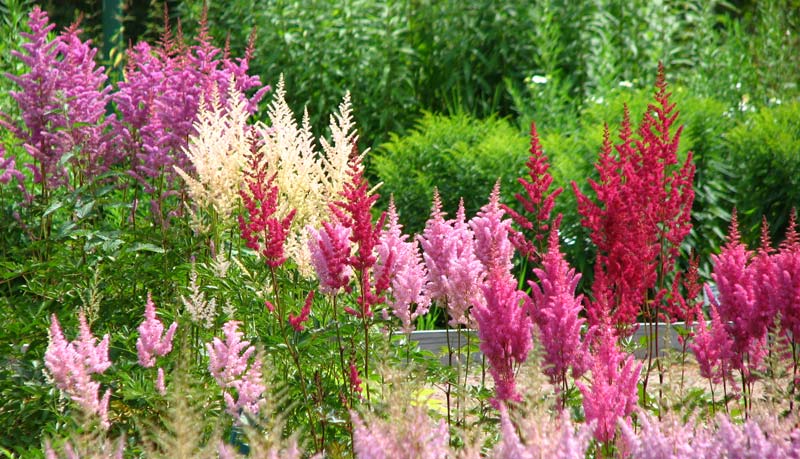
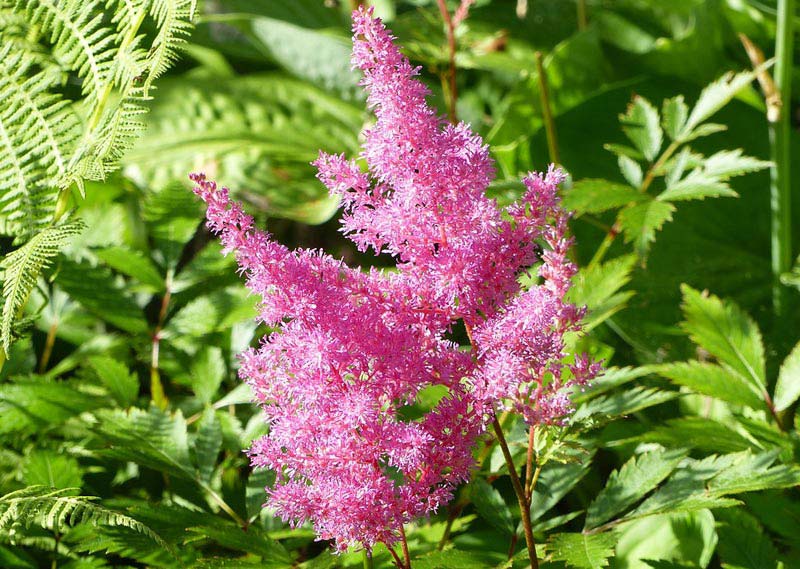
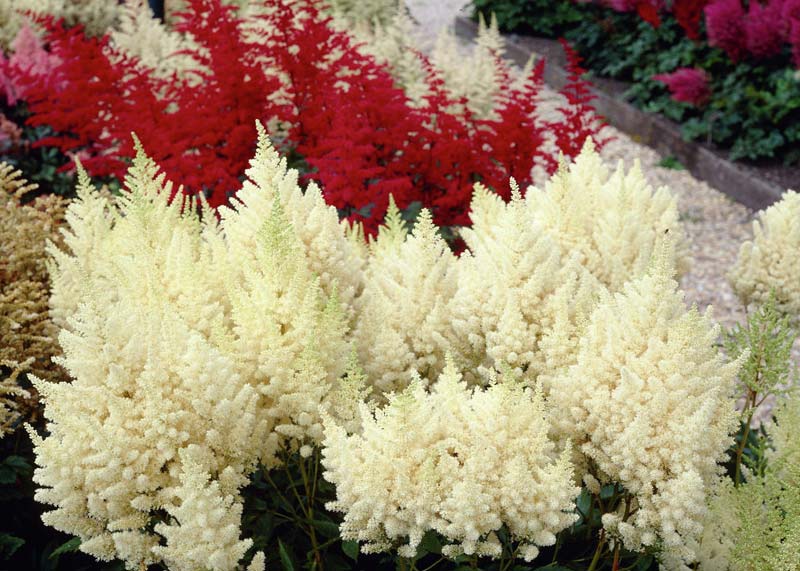
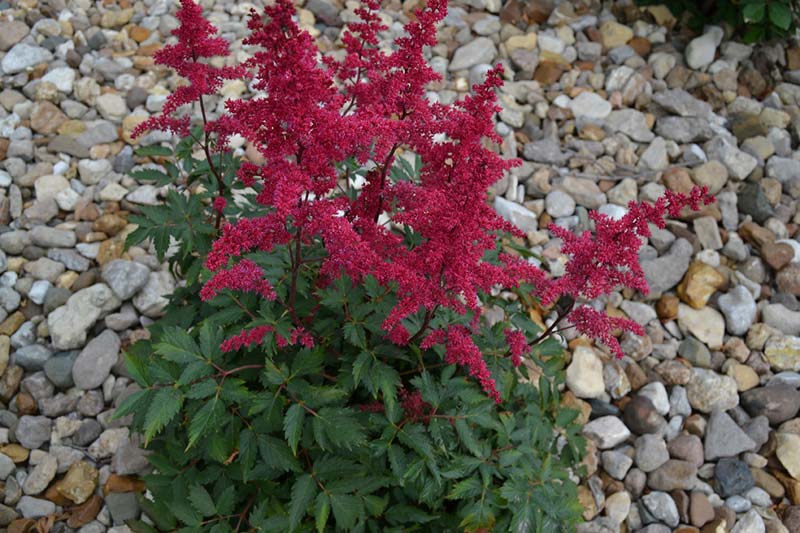
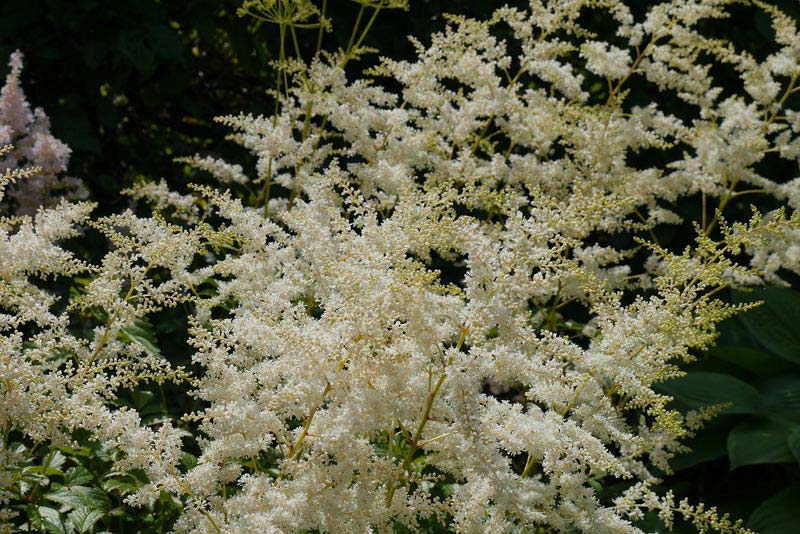

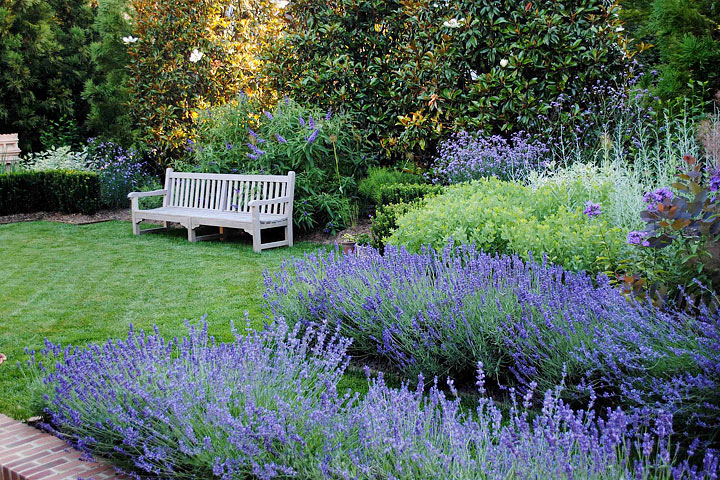

Leave a Reply